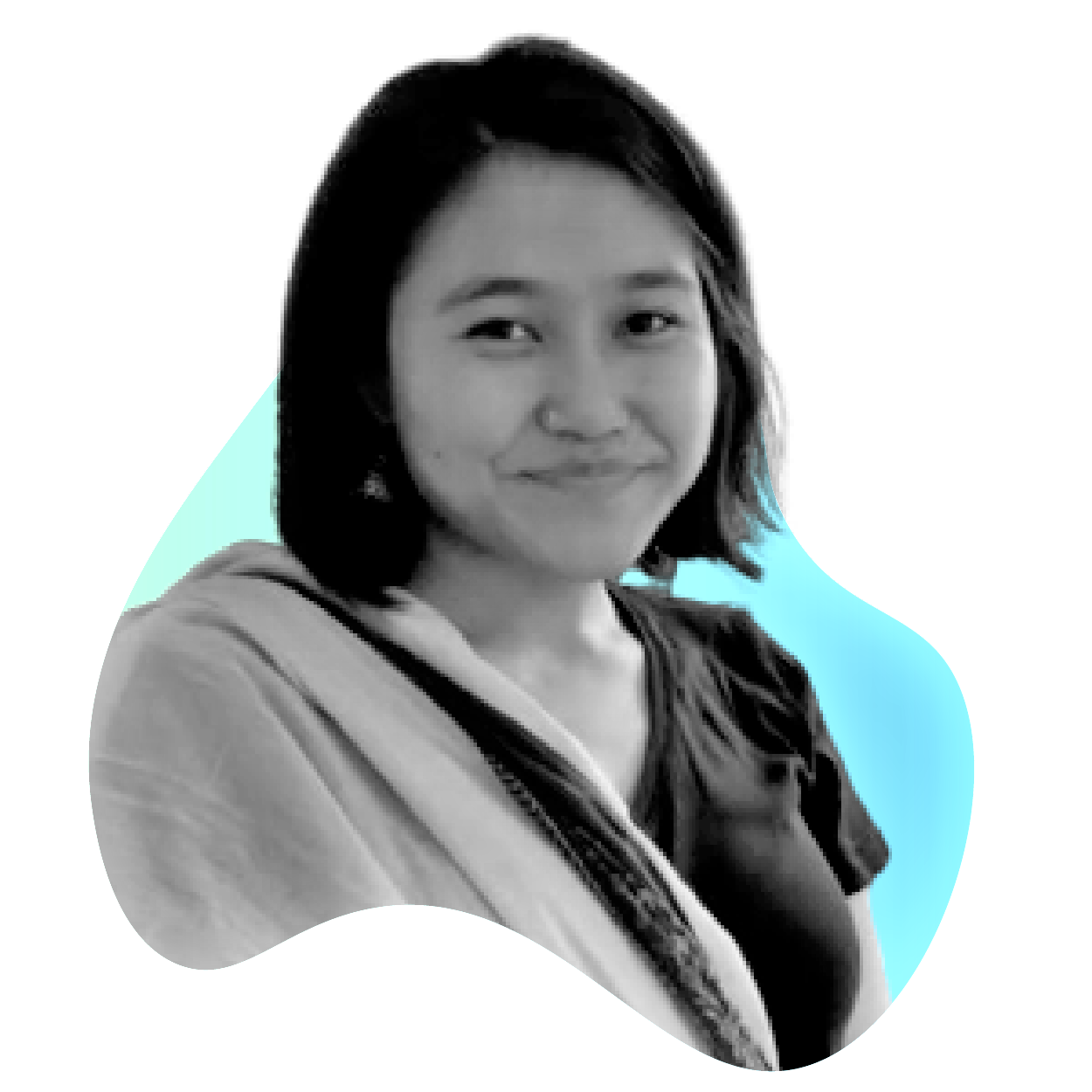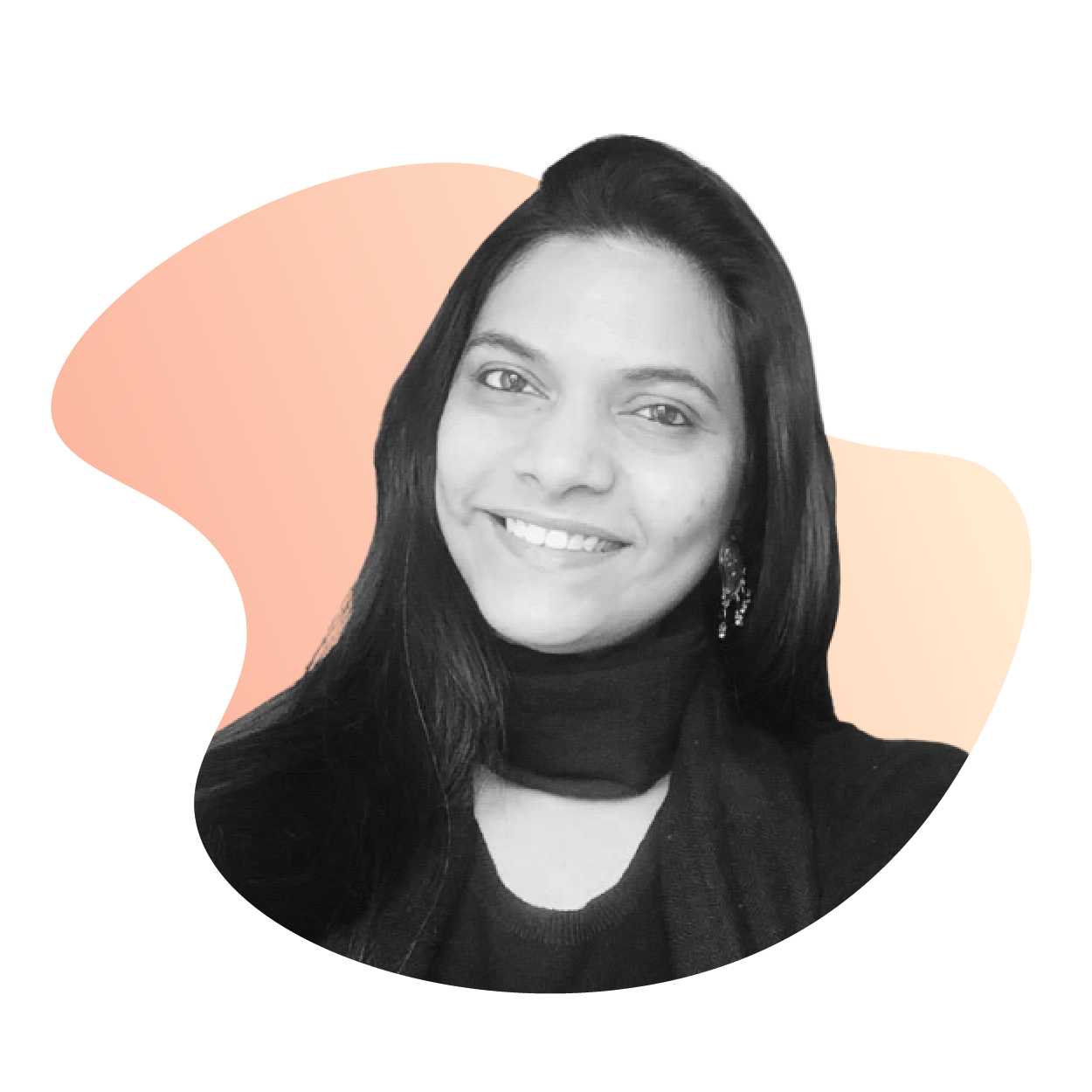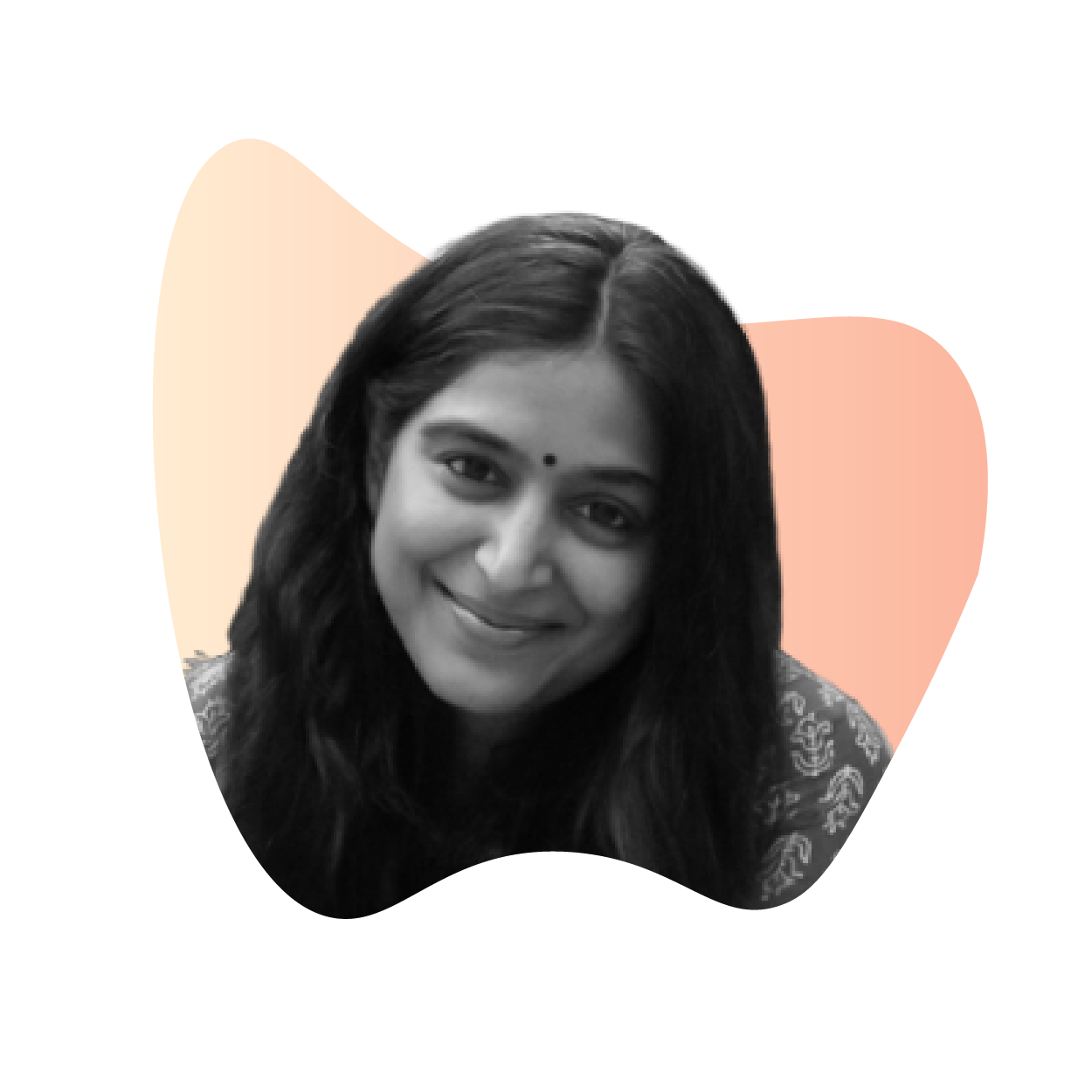Enhancing Authentic Cultural Encounter and strengthening local economy through cultural mapping
ENHANCE
Context
The onset of the pandemic has shaken the country’s economy in the worst possible manner. By nature, the tourism sector is linked to various other industries and provides livelihood opportunities to millions of people. In the face of the pandemic, an estimate was made that 2 crore to 5.5 crore people employed directly or indirectly in the tourism sector in India have lost their jobs. Therefore, there is an urgent need to revive the tourism sector.
Team Enhance, inspired by the concept of celebrating culture within the city's fabric and sewing integrity to the heritage values, aims at reviving the local economy of tourist-centric cities by ENHANCING authentic cultural encounters and empowering host communities.
As this pandemic has brought a halt in all our lives, it is time to rethink smart tourism. Team Enhance proposed a digital tourist application integrated with smart features such as a city-specific curated digital cultural map, AI-based itinerary planner, a chat section for tourists and locals and many more. It is integrated with a ‘Rewards and Penalties Programme’ to make the application engaging for both tourists/locals and vendors. This application will act as a digital hub for connecting people to places, through various unexplored sectors, places and activities. Citizens and tourists will be enabled to have access to all the information about the city. The objective of the exercise is to attract more people to these tourist destinations for more and longer visits. As a result, this will boost the local tourist economy of the city.
Problem Statement
Tourism can play a major role in reviving an economy hit by COVID-19 and an opportunity as the post-COVID period will be a new normal with trepidation of individuals not leaving their native places. Tourism, which is the hardest-hit industry due to the pandemic needs to be resilient enough to play a major role in reviving the economy. As the local economy is already being wrenched because of this, it will eventually increase unemployment. Related sectors such as hospitality, transport, food or agro-based setups, entertainment and fast-moving consumer goods will also face repercussions.
To strategize on how to improve tourism, we identified five primary issues that need to be addressed, which are:
- Lack of availability and/visibility of tourism-related information, online for tourist-centric cities
- Lack of authentic tourism experience
- The data present with the government authorities are not gathered on any digital platform
- Lack of empathy towards tourist destinations
- Each department working in silos
Objective
One of the main objectives of the proposed digital platform in the form of a smart tourist application to enhance the cultural aspects of the city along with the themes of spiritual, performing arts & crafts and alternate tourism, combined with smart technology. The following are the objectives of the product:
Understand the concepts related to tourism, analyze the condition of tourism and define the problem statement in the context of the selected city.
Carry out the process of cultural mapping to empower local communities, their arts, crafts and businesses, provide travellers with an experience of spiritual and authentic encounters, while promoting the city’s culture.
Gather crowdsourced tourist/user feedback on the backend, based on certain parameters through this application for the major tourist attractions and their ecosystem, which will help the ULB to identify strengths, weaknesses and resources of the local communities and organizations.
To attract more people to the tourist destinations and provide a seamless experience.
This will result in enhancing the “authentic cultural encounter” and strengthening the local economy of the city.
Project Strategy
Pilot City Identification
For the selection of the city, a survey was conducted to understand what tourist preferences are concerning the kind of experiences they would like to have while travelling. It was found that tourists preferred authentic tourists experiences in terms of food and cultural encounter. Therefore, after much deliberation, the themes chosen for cultural mapping were Spiritual, Cultural and Recreational tourism. The team not only referred to the perception survey but also tried to shortlist cities based on whose economy is majorly dependent on tourism. This was to assess which cities have been worst hit by the pandemic and required intervention to revive the tourism economy.
Varanasi, known as the world's oldest living city, is one of the most preferred destinations for cultural and spiritual experience. It also has a rich textile and craft industry. According to the tourist/visitors statistics of Varanasi city, the number of tourists at around 32 lakh tourists in March came down to 5025 in September 2020. This indicated that Varanasi in large is a tourist-centric city and because of the pandemic, the city’s tourist rates had drastically decreased. Furthermore, Varanasi city recently had been carrying out a project on heritage conservation and signages for the Ghats. Therefore having taken into consideration these factors, Varanasi Smart City was finalised to pilot this project.
Project Development and Implementation
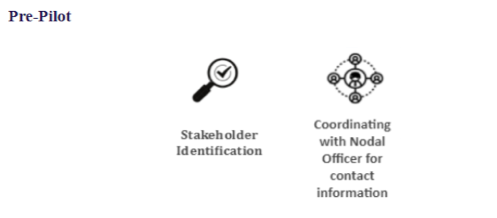
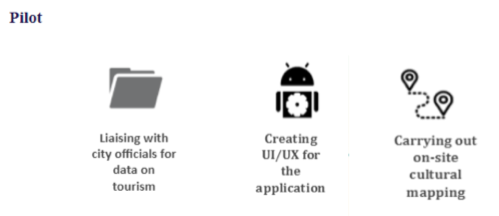
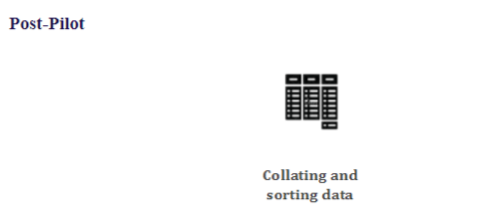
Expected Outcomes
Cultural Mapping Toolkit: The culture mapping exercise conducted and its documentation, serves as a resource for researchers, community workers and non-governmental organisations, etc. on how to conduct cultural mapping. The questionnaires formulated for the survey can also be used in other cities for cultural mapping. Furthermore, the detailed documentation of the project progress would be helpful to understand how to conduct a similar exercise
Digitisation of cultural mapping: Despite the team having initiated on-site cultural mapping through the application and the community of users, this process can be digitised through crowd-sourcing data and information; following set guidelines (Schemas are made for each sector and themes) it would be easier to identify which information is useful for tourist consumption. Similarly, vendor onboarding in the next phase would also be digitised through the ‘vendor-on boarding’ section
Authentic and diverse information: To this extent, through the application, tourists would be able to connect with fellow travellers, get access to itinerary planners, read about the place and browse photos and videos before actually visiting the place. To sum it up, this would improve the tourist experience in the city
Strategic Intervention: A tourist having access to diverse information would not only increase the footfall in the least explored places but also reduce the burden of over-tourism in mainstream tourist places. Additionally, local businesses would have a boost as tourists through the platform get directed to the local stores and businesses. Last but not the least, through the ULB dashboard, ULBs would also have insights into what improvements can be made in the city and monitor and evaluate the city’s progress with regards to safety, accessibility, cleanliness, etc.
Actual Result
Cultural Mapping: The team carried out cultural mapping of eight handloom societies, thirteen handicraft artisans (6 GI Crafts), two museums, ten streets of Varanasi, ten local events and festivals, videos and photos of 84 Ghats and nine religious sites.
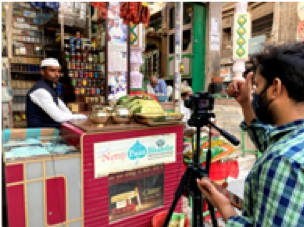
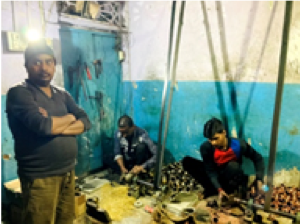
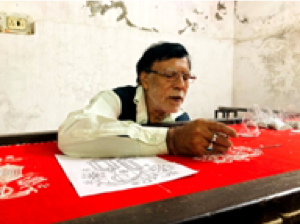
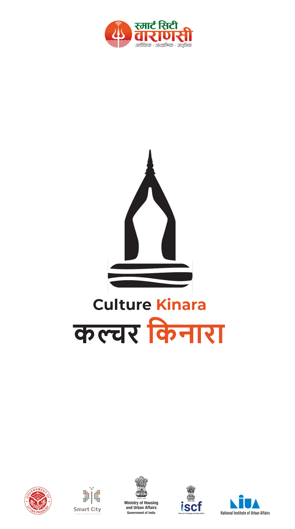
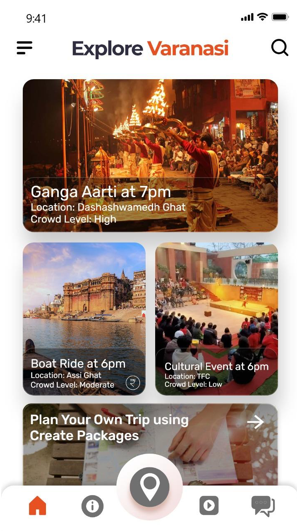
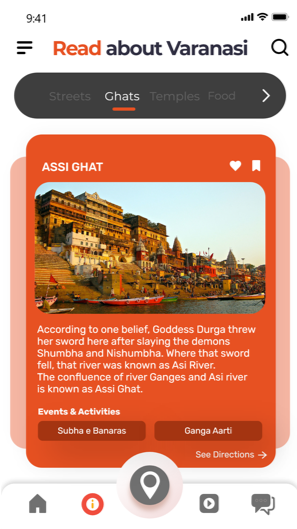
This is a smart tourist application that helps you navigate through Kashi seamlessly. A digital platform where the smallest of unexplored/unlisted nuances of a tourist destination is listed, the data/information is extracted. The platform will not only provide information about unexplored places and programmes but also will give the tourists an alternative to highly populated and famous tourist destinations because of the pandemic.
Development of the proposed mobile application called Culture Kinara a smart tourist application that will help not only tourists but also the locals seamlessly experience authentic Kashi, is in process. The application mainly consists of five key sections: Explore, Read, Travel, Watch & Chat That's how one indulges all your senses in experiencing the essence of Kashi.
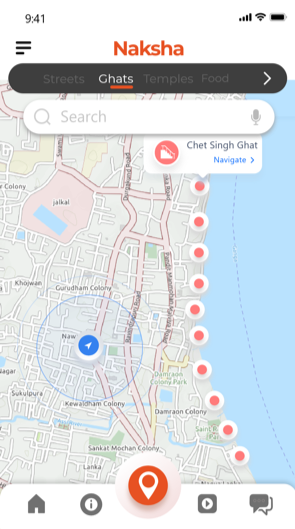
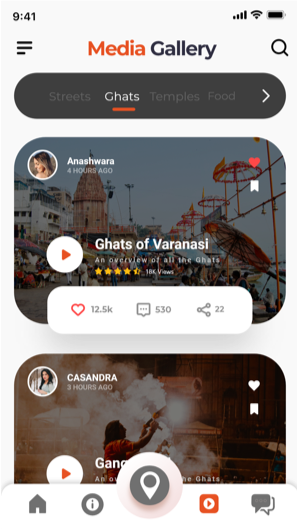
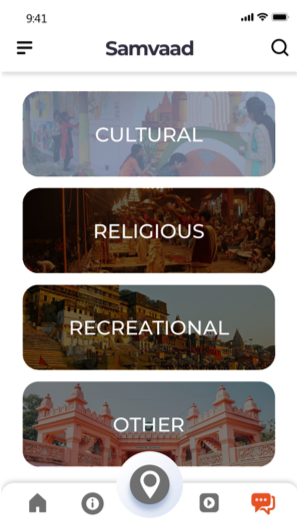
Explore Section: The explore section or the landing screen lets the user explore the city with a unique experience covering all the activities happening in and around the city consists of:
- Live and upcoming Events and festivals happening around in the city
- News updates and announcements by the ULB and other parastatal bodies for the welfare of its citizens and tourists
- Favored recommendations about places to visit, things to do etc in the city
- Weather forecast of the city
- Pop up feedback screen to crowdsource tourist experience for the analysis by the ULB, and further improve tourist experience in the city.
Read Section: The reading section consists of snippets of generic information in Card Style to read on:
- Ghats
- Religious Sites
- Streets
- Marketplaces
- Events & Festivals
- Types of Handicraft & Handloom products
- Places to eat
- Museums
- Dance & Music Gharanas
- Parks & Gardens
- Malls and many more
Travel Section: To make travelling interesting and seamless, the Map interface will consist:
- Curated Cultural Map of Varanasi known as Naksha
- Navigation Feature
- Location Sharing Feature (1+ users)
- Itinerary Planner - Chalo Chalein can be used to create custom itineraries and navigate around the city.
Watch Section: Watch section named as Media Gallery, proposed with the intention of providing a virtual tour of Varanasi city, when a person wants to visit a particular city sitting at his comfortable corner consisting of curated:
- Videos
- Pictures
- 360-degree media
Chat Section: A unique chat section, lets you connect with locals and tourists all over the globe across the following chat rooms:
- Cultural
- Religious
- Recreational
- Others
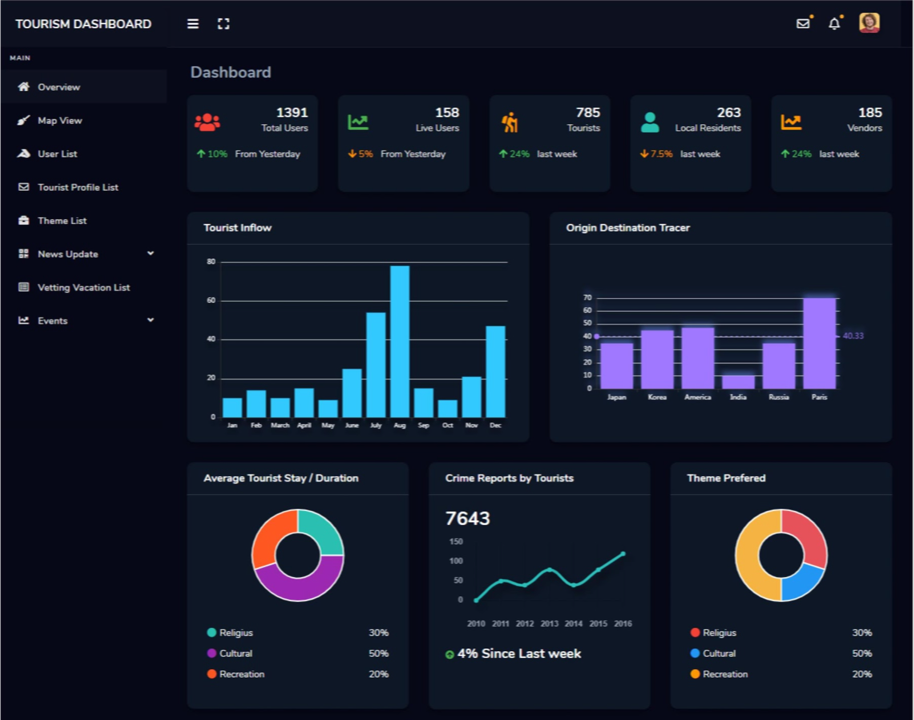
Tourism Dashboard
The proposed dashboard is to gather the tourism data regarding user stats, Tourist Inflow, Origin Destination tracer, Themes Preferred by Tourists, Tourist Footfall within the City across different timings of the day, Average Tourist Stay/Duration.
The Map view on the dashboard aggregates the tourist footfall spatially, all the places mapped spatially through the application and agglomeration of diverse tourist-centric activities across different wards of the city
The Feedback section denoted how was the tourist experience in the city, the number of positive and negative feedbacks, spatially as well as across different categories, based on parameters developed for big/open spaces, small/enclosed spaces and other basic amenities and essential services. When the tourist footfall is connected with the feedback section, insights will be generated. For example, Assi Ghat has been receiving less footfall lately due to the issue of lack of restrooms or cleanliness or accessibility.
Contribution analytic will show the contributions that have been made to the by adding/editing a place on the platform. It will display how many places have been added in total across all categories, as well as spatially, how many rewards and penalties have been used on tourists, locals and vendors in the city.
Conclusion
For phase two, the plan is to formalise the e-rickshaw public transportation system in Varanasi by augmenting the transportation nodes through the identification of major tourist spots and rerouting them to underrated destinations in the city.
Skill training programs for guides will also be organised which will be inducted into the application. The aim is to authenticate and regulate the quality of tour guides. Further, more layers of themes such as responsible, eco-tourism and accessible tourism will be added to the present three themes. In phase one, the team had initiated the process of mapping on-site which in phase two would be digitised by the process of vendor onboarding section provided in the application.
The objective is to structuralize the procedure of populating the application with integration for sustainable up-gradation of cultural data on the platform.
Using the same framework, an exercise to map all-inclusive public spaces in the city can be carried out. Also, potential transportation routes can be mapped to achieve the last mile connectivity. The product can include the aspect of transactional facilities. This would increase the ease of business and benefit the economy of both locals and the urban local body.


